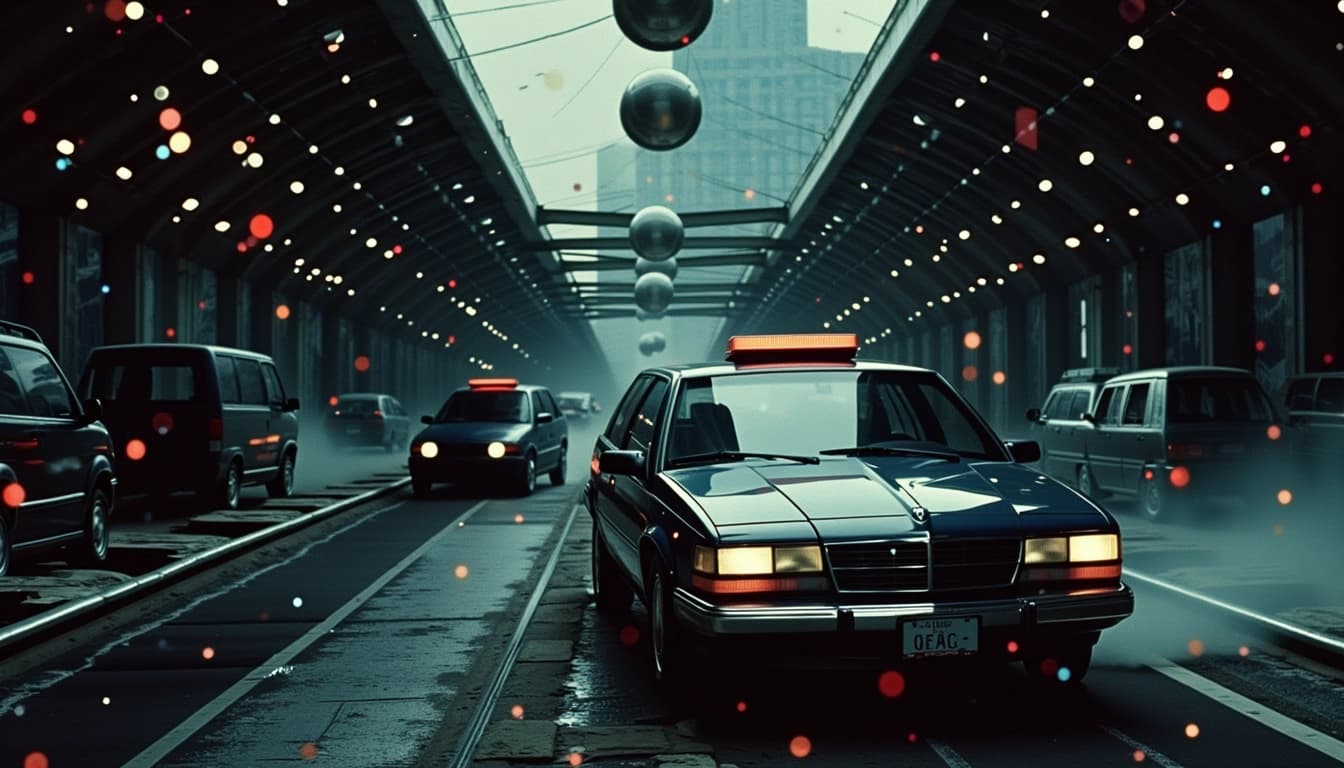
Key Points on DeOldify Video Colorization
By John Doe 5 min
Key Points
It seems likely that "dooldify_video" refers to DeOldify, an AI tool for colorizing vintage footage, given the context and available information.
Research suggests DeOldify uses deep learning to restore and colorize old black and white videos, enhancing their visual appeal.
The evidence leans toward using Google Colab notebooks for free video colorization, with premium options on MyHeritage for ease of use.
Introduction to Reviving Vintage Footage with AI
Reviving vintage footage using AI, particularly with tools like DeOldify, offers a fascinating way to breathe new life into old black and white videos. This process not only enhances visual appeal but also preserves historical memories for future generations. DeOldify, an open-source project, uses advanced AI techniques to colorize and restore footage, making it look vibrant and lifelike.
How DeOldify Works
DeOldify employs a deep learning model that combines U-Net with spectral normalization and self-attention. This model is trained on color images, learning to map black and white frames to their color counterparts. For videos, it processes each frame individually, ensuring consistency across the footage. It offers different models, such as the Artistic model for vibrant results, the Stable model for accuracy, and a specific Video model for consistent colorization.
Using DeOldify for Video Colorization
To use DeOldify, you can access the free Google Colab notebook for video colorization at [this link](https://colab.research.google.com/github/jantic/DeOldify/blob/master/VideoColorizerColab.ipynb). Simply prepare your video, follow the notebook's instructions, wait for the process to complete, and download the colorized result. For a more user-friendly experience, consider the premium service on MyHeritage.
Limitations and Considerations
While effective, DeOldify may not always produce historically accurate colors, and processing long or high-resolution videos can be time-consuming.
DeOldify is an open-source AI project created by Jason Antic, designed to colorize and restore old images and videos. Launched since 2018, it has gained popularity for its ability to transform monochrome footage into vibrant, colorized content. This tool is particularly valuable for historians, filmmakers, and individuals looking to enhance family archives, offering a bridge between past and present through AI-driven restoration.
Technical Underpinnings: How DeOldify Operates
DeOldify leverages deep learning, specifically a model that combines U-Net with spectral normalization and self-attention. This approach is pretrained on U-Net and uses a generator loss split into two parts: Perceptual Loss (based on VGG16) and a critic loss score. The Perceptual Loss alone tends to produce colors dominated by brown, green, and blue, while the inclusion of GANs (Generative Adversarial Networks) helps learn the loss function for more accurate results.
Video Colorization Process
For video colorization, DeOldify processes each frame individually, ensuring consistency across the sequence. The tool employs temporal smoothing techniques to minimize flickering and artifacts, providing a seamless viewing experience. Users can adjust parameters such as color intensity and rendering speed to suit their preferences.
Practical Applications and Use Cases
DeOldify is widely used in various fields, including historical documentation, film restoration, and personal archiving. Historians utilize it to bring old footage to life, while filmmakers employ it to enhance vintage clips for modern audiences. Families also benefit by colorizing old home videos, preserving memories in vivid detail.
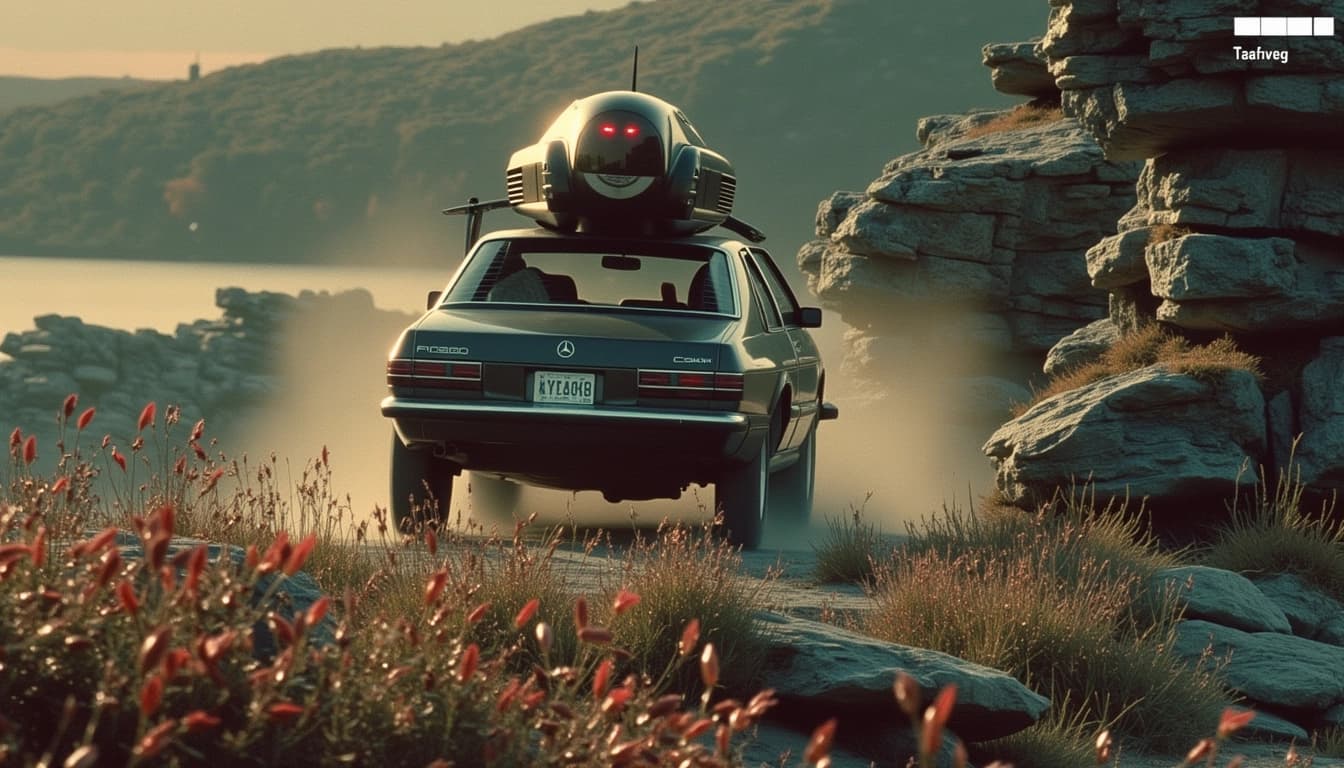
Limitations and Considerations
Despite its impressive capabilities, DeOldify has some limitations. The colorization process can be time-consuming, especially for high-resolution videos. Additionally, slight frame-to-frame color variations may occur, requiring manual adjustments for optimal results. Users should also be mindful of potential inaccuracies in color representation, as the AI may not always perfectly match historical colors.
Conclusion & Next Steps
DeOldify offers a powerful solution for reviving vintage footage, combining advanced AI techniques with user-friendly interfaces. While it has some limitations, its benefits far outweigh the drawbacks, making it a valuable tool for various applications. Future developments may focus on improving speed and accuracy, further enhancing its utility.
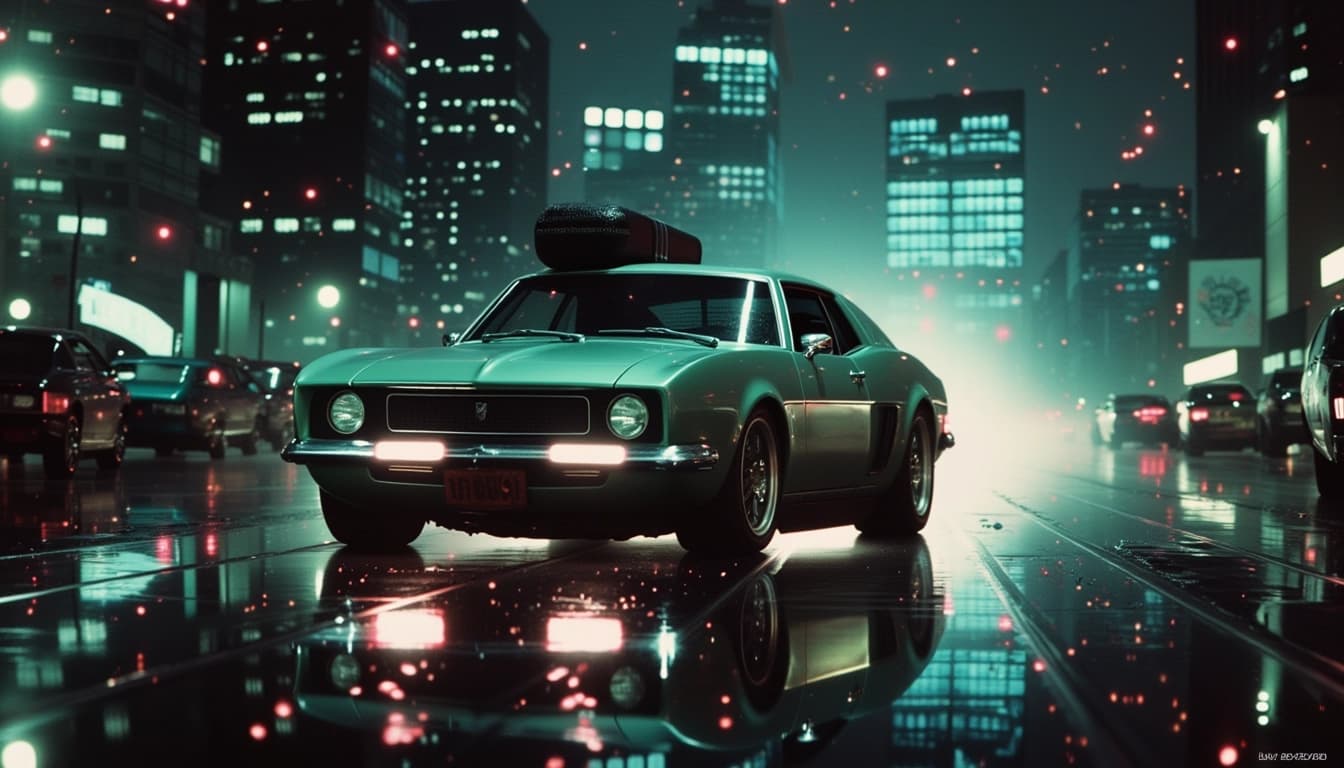
- DeOldify is open-source and accessible via Google Colab.
- It uses deep learning models for colorization.
- The tool is useful for historians, filmmakers, and families.
- Limitations include processing time and color variations.
DeOldify is an advanced AI-powered tool designed to bring old black-and-white photos and videos to life with vibrant colors. Utilizing deep learning techniques, it leverages Generative Adversarial Networks (GANs) to produce realistic and high-quality colorizations. The tool is particularly useful for restoring historical footage, making it more engaging for modern audiences.
How DeOldify Works
DeOldify processes each frame of a video individually, employing the NoGAN training technique to minimize the time required for direct GAN training. The process begins with pretraining the generator and critic separately using conventional methods, utilizing a small fraction (1% to 3%) of Imagenet data. This pretraining phase typically takes about 30 to 60 minutes at a resolution of 192px. Multiple cycles, up to five, can be repeated to enhance color richness, though this may introduce some inconsistency.
Model Types and Their Parameters
DeOldify offers three distinct models, each tailored for specific use cases. The Artistic model, built on resnet34, undergoes five GAN cycles and uses 32% of Imagenet data, requiring 12.5 hours of training. The Stable model, based on resnet101, uses 7% of Imagenet data and completes three GAN cycles in about three hours. The Video model, optimized for consistency, uses resnet101 and undergoes minimal GAN training, ensuring stable frame-to-frame colorization.
Practical Steps for Using DeOldify
To use DeOldify for video colorization, users can follow a structured process via the Google Colab notebook, which is the official free method. The first step involves accessing the notebook through a provided link. Users need to prepare their video, ensuring it is accessible via a public URL or uploaded directly to Colab. For optimal results, it's recommended to use high-resolution footage.
Accessing the Google Colab Notebook
The Google Colab notebook for DeOldify can be accessed by visiting a specific link, which requires a Google account. Users should familiarize themselves with Colab's interface to navigate the process smoothly. The notebook provides a step-by-step guide to uploading and processing videos.
Conclusion & Next Steps
DeOldify stands out as a powerful tool for reviving vintage footage, offering both artistic and stable colorization options. By following the outlined steps, users can effectively transform black-and-white videos into colorful, engaging content. Future enhancements may focus on reducing inconsistencies and improving training efficiency.
- Access the Google Colab notebook
- Prepare your video for upload
- Choose the appropriate DeOldify model
- Process the video and review the results
DeOldify is an AI-powered tool designed to colorize black and white videos and images, bringing historical footage to life with vibrant colors. It utilizes deep learning models to predict and apply realistic colors, making it a popular choice for restoring old films and photographs. The tool is accessible through Google Colab, offering a user-friendly interface for those without technical expertise.
Getting Started with DeOldify on Google Colab
To use DeOldify, users can access a pre-configured Google Colab notebook, which simplifies the setup process. The notebook includes all necessary dependencies and models, allowing users to upload their black and white videos directly. The recommended video length is around 15-20 minutes, as longer durations may require more processing time and resources.
Step-by-Step Guide
The notebook provides clear instructions for loading videos, selecting the appropriate model (such as the Video model for consistency), and initiating the colorization process. Users can adjust settings like render_factor to control the resolution of the output. The process may take some time, depending on the video's length and resolution, so patience is advised.
Alternative Usage and Resources
For advanced users, DeOldify can be installed locally, requiring a powerful graphics card with at least 11GB of memory for optimal performance. The installation involves cloning the GitHub repository and setting up a conda environment, with Linux being the preferred operating system. Additionally, a browser-based implementation using Onnx is available for web-based users who prefer not to set up the tool locally.
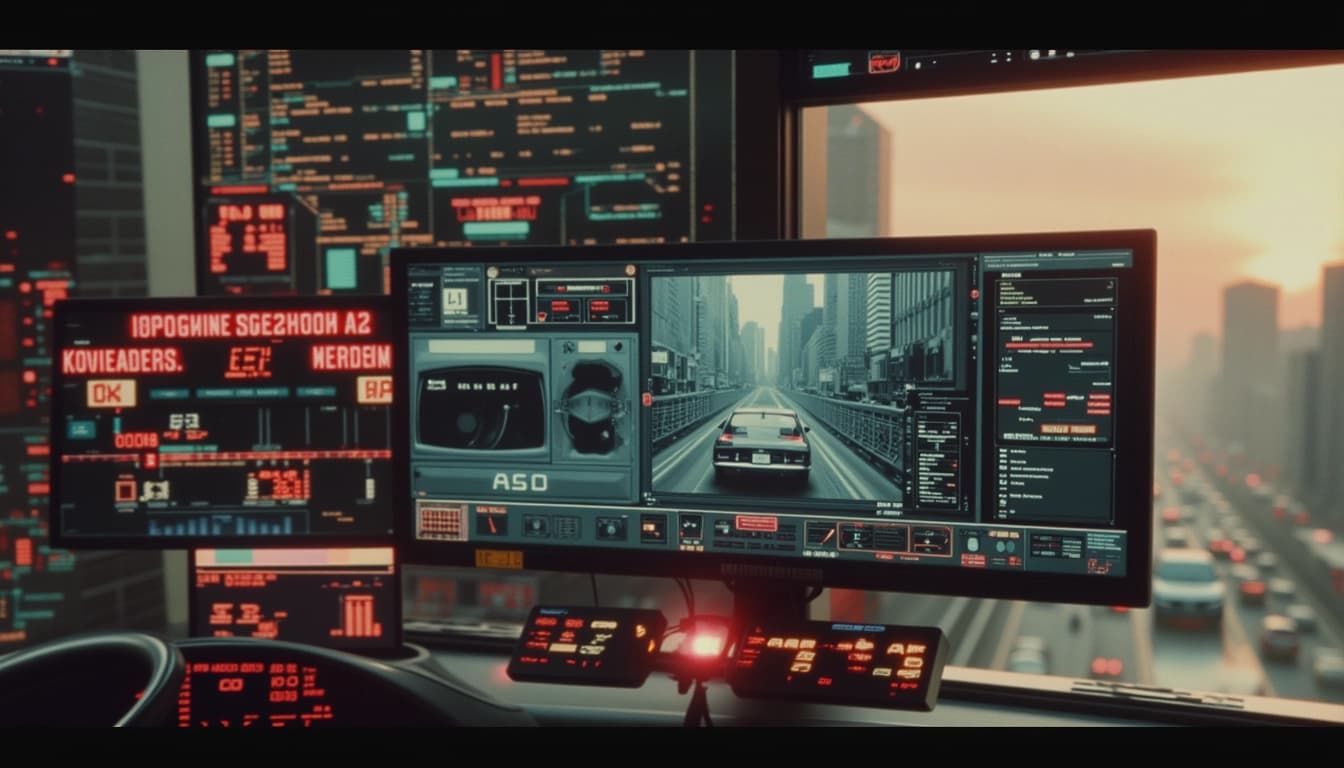
Limitations and Considerations
While DeOldify is highly effective, it has some limitations. The colorization process can be time-consuming, and the results may not always be perfect, especially for very old or low-quality footage. Users should also be aware of the hardware requirements for local installation, as insufficient resources can lead to suboptimal performance.
Conclusion & Next Steps
DeOldify offers a powerful solution for colorizing black and white videos and images, making it accessible to both casual users and professionals. Whether using the Google Colab notebook or installing it locally, the tool provides impressive results with minimal effort. For those interested in exploring further, the premium version on MyHeritage offers a simplified interface and additional features.
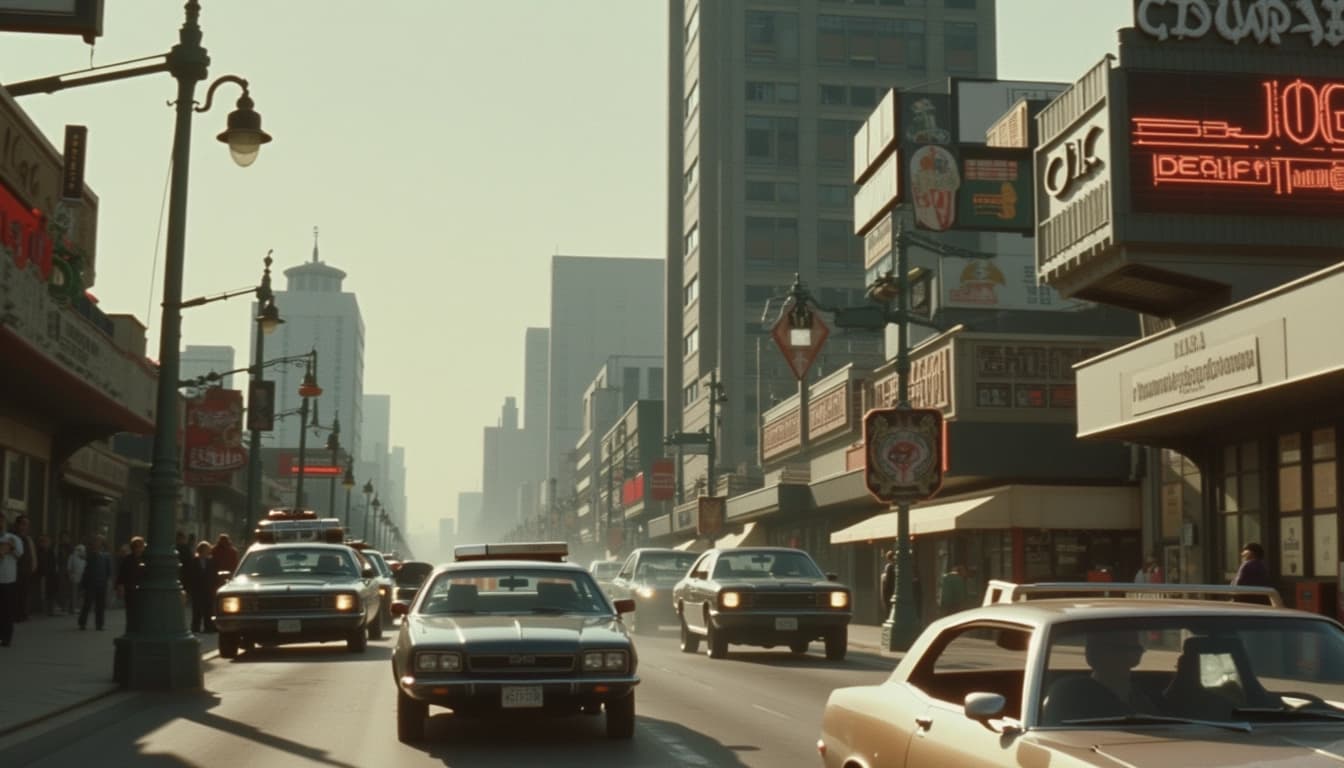
- Access DeOldify via Google Colab for a quick start
- Consider local installation for advanced customization
- Explore the premium version on MyHeritage for additional features
DeOldify AI is a powerful tool designed to bring black and white videos and images to life through advanced colorization techniques. It leverages deep learning models to predict and apply realistic colors to monochrome footage, making historical content more engaging and relatable. The technology has been widely adopted for restoring old films, personal videos, and archival footage, offering a fresh perspective on the past.
Key Features of DeOldify AI
DeOldify AI stands out due to its ability to produce high-quality, consistent colorizations across various types of footage. The tool uses a combination of NoGAN training and a custom generator to achieve realistic results. Unlike traditional methods, it avoids common pitfalls like oversaturation or unnatural hues, ensuring the output remains visually appealing and historically plausible. Additionally, it supports both images and videos, making it versatile for different use cases.
Color Accuracy and Historical Context
While DeOldify AI excels in colorization, users should be aware that the colors generated may not always be historically accurate. The AI relies on patterns from its training data, which can sometimes lead to discrepancies. For instance, a 1941 photo of a bridge was colorized with white towers, but historical records indicated red primer. This highlights the importance of cross-referencing with historical sources when accuracy is critical.
Performance and Resource Considerations
Processing long videos or high-resolution footage with DeOldify AI can be resource-intensive. The tool requires significant computational power, and colorizing extensive footage may take hours, especially on local setups with limited hardware. Users working with lengthy videos might need to segment them into smaller clips to manage processing times effectively.
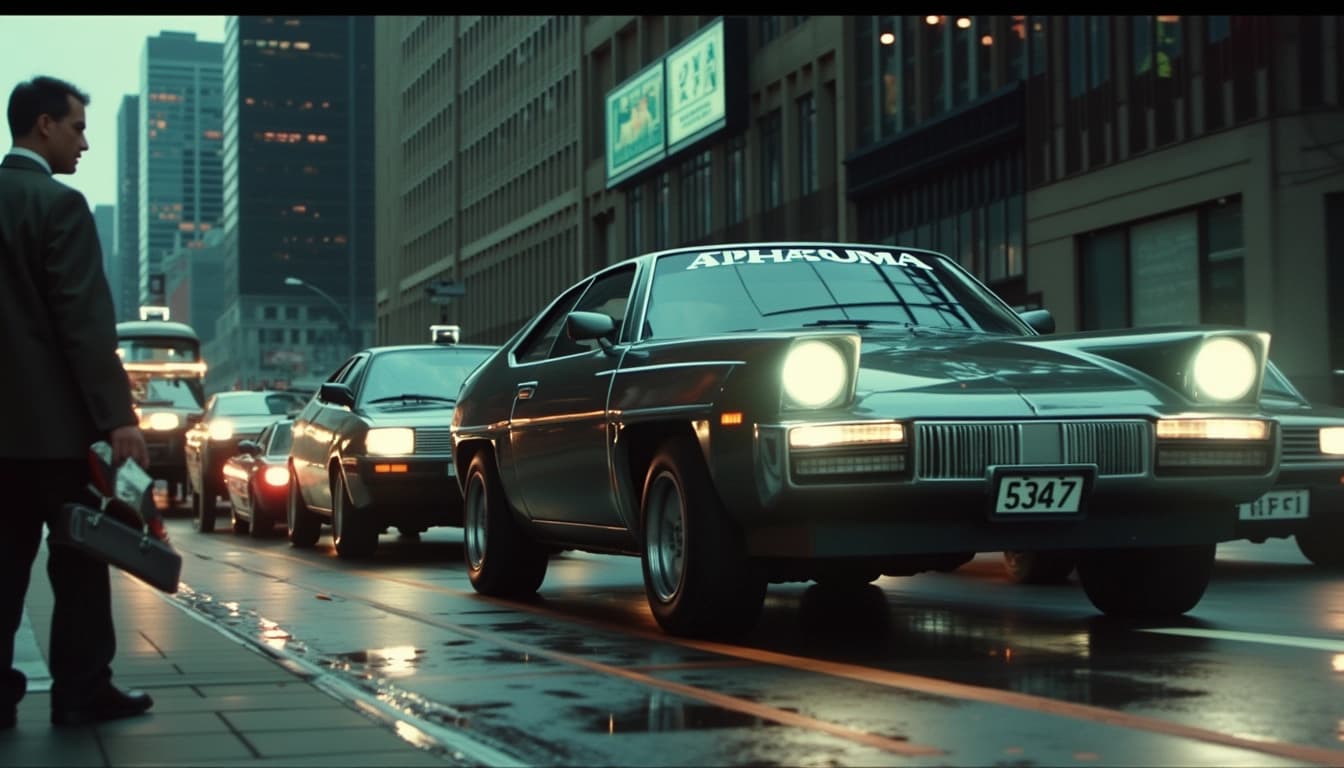
Practical Applications and Case Studies
DeOldify AI has been successfully applied to a variety of projects, from restoring historical footage to revitalizing personal memories. One notable example is the colorization of a 1927 video of Stockholm, Sweden, which brought Gustav Adolfs torg to life with vibrant colors. Similarly, users have used the tool to colorize old family videos, making them more engaging for modern audiences and preserving cultural heritage.
Community and Cultural Impact
The tool has garnered significant interest from communities focused on film restoration and historical preservation. Enthusiasts have discussed the potential of using DeOldify AI to colorize classic films, such as those by Charlie Chaplin, to introduce them to new generations. This underscores the broader implications of the technology in bridging the gap between past and present.
Conclusion and Future Directions
DeOldify AI represents a significant advancement in the field of video and image colorization, offering both practical and creative benefits. While challenges like color accuracy and resource demands exist, the tool's potential for historical and personal restoration is undeniable. Future developments may focus on improving accuracy, reducing processing times, and expanding accessibility to a wider audience.
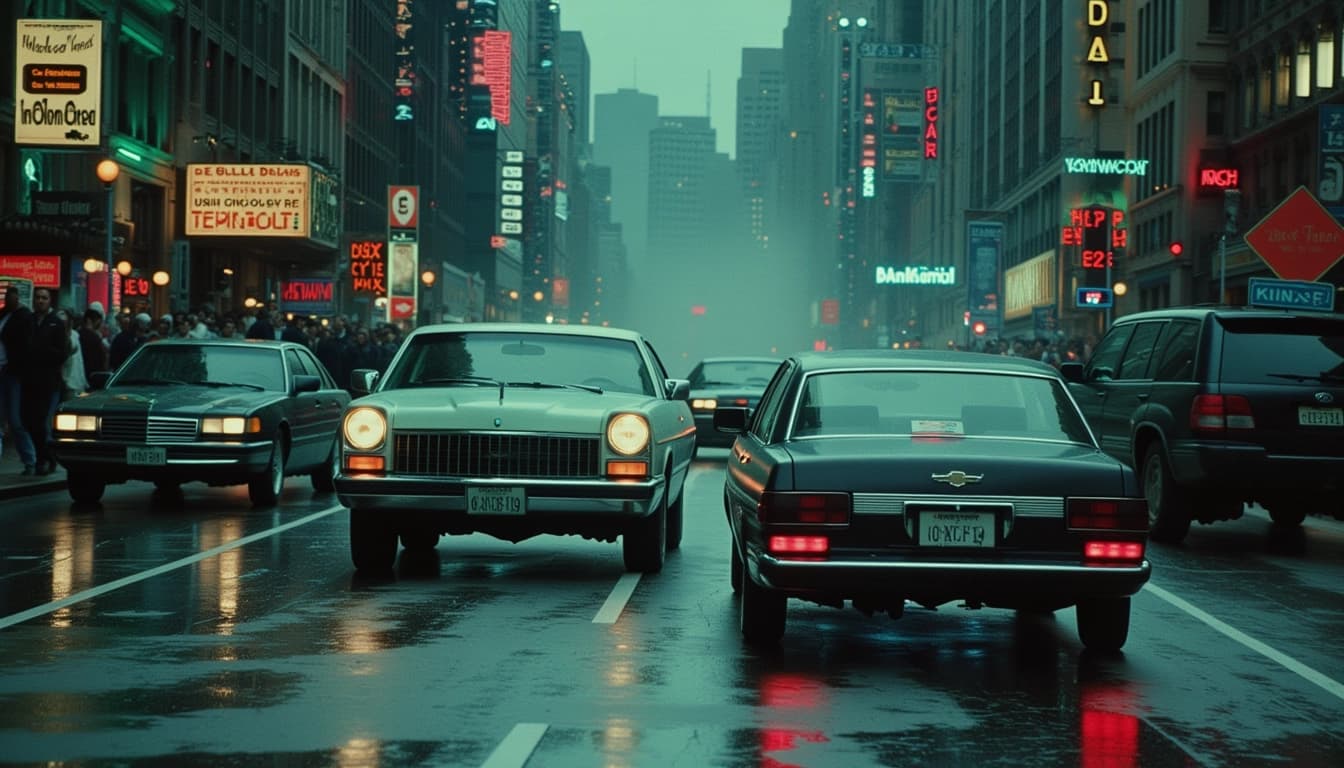
- Enhances historical footage with realistic colors
- Supports both images and videos
- Requires significant computational resources
- Potential for cultural and educational applications
Reviving vintage footage has become increasingly accessible thanks to AI technologies like DeOldify. This tool leverages deep learning to colorize black and white videos and photos, bringing historical moments to life with vibrant colors. The process involves sophisticated algorithms trained on vast datasets to predict and apply realistic color schemes to monochrome media.
Understanding DeOldify's Technology
DeOldify utilizes a Generative Adversarial Network (GAN) architecture, which consists of two neural networks: a generator and a discriminator. The generator creates colorized versions of the input images, while the discriminator evaluates their realism. This iterative process ensures that the final output is as accurate and visually appealing as possible. The technology is particularly effective for restoring old films and photographs, making them more engaging for modern audiences.
Key Features of DeOldify
DeOldify offers several features that set it apart from traditional colorization tools. It supports both image and video processing, allowing users to restore entire films frame by frame. The tool also provides adjustable parameters, such as color saturation and contrast, enabling users to fine-tune the results. Additionally, DeOldify is available through various platforms, including Google Colab notebooks and local installations, making it accessible to both beginners and advanced users.
Applications of DeOldify in Historical Preservation
The ability to colorize vintage footage using AI like DeOldify opens avenues for historical research, education, and entertainment. It allows for a deeper connection with the past, making historical events more relatable through colorized visuals. However, the challenge of color accuracy remains a topic of debate, with some advocating for manual verification against historical records to ensure fidelity.
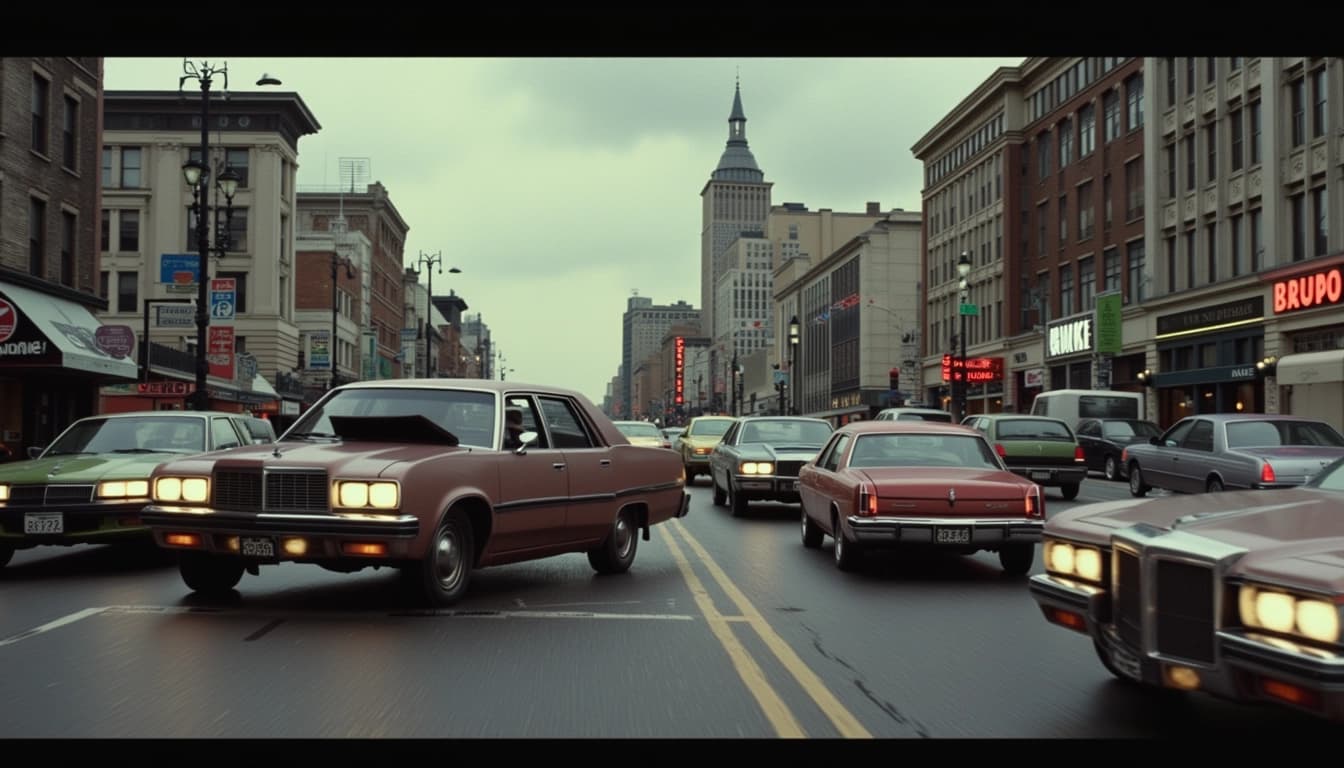
Future Developments and Scalability
Future developments may focus on improving temporal consistency for videos, reducing processing times, and enhancing color accuracy through larger, more diverse training datasets. The integration with cloud services, as seen in solutions like AWS implementations, suggests scalability for professional use, processing multiple videos simultaneously with cost optimization.
Conclusion & Next Steps
Reviving vintage footage using AI with DeOldify offers a powerful tool for colorizing and restoring old videos, enhancing their visual and emotional impact. While accessible through free Colab notebooks and premium MyHeritage services, users should be mindful of limitations like color accuracy and processing demands. This technology not only preserves history but also enriches our understanding and appreciation of the past, making it a valuable asset for both personal and professional applications.
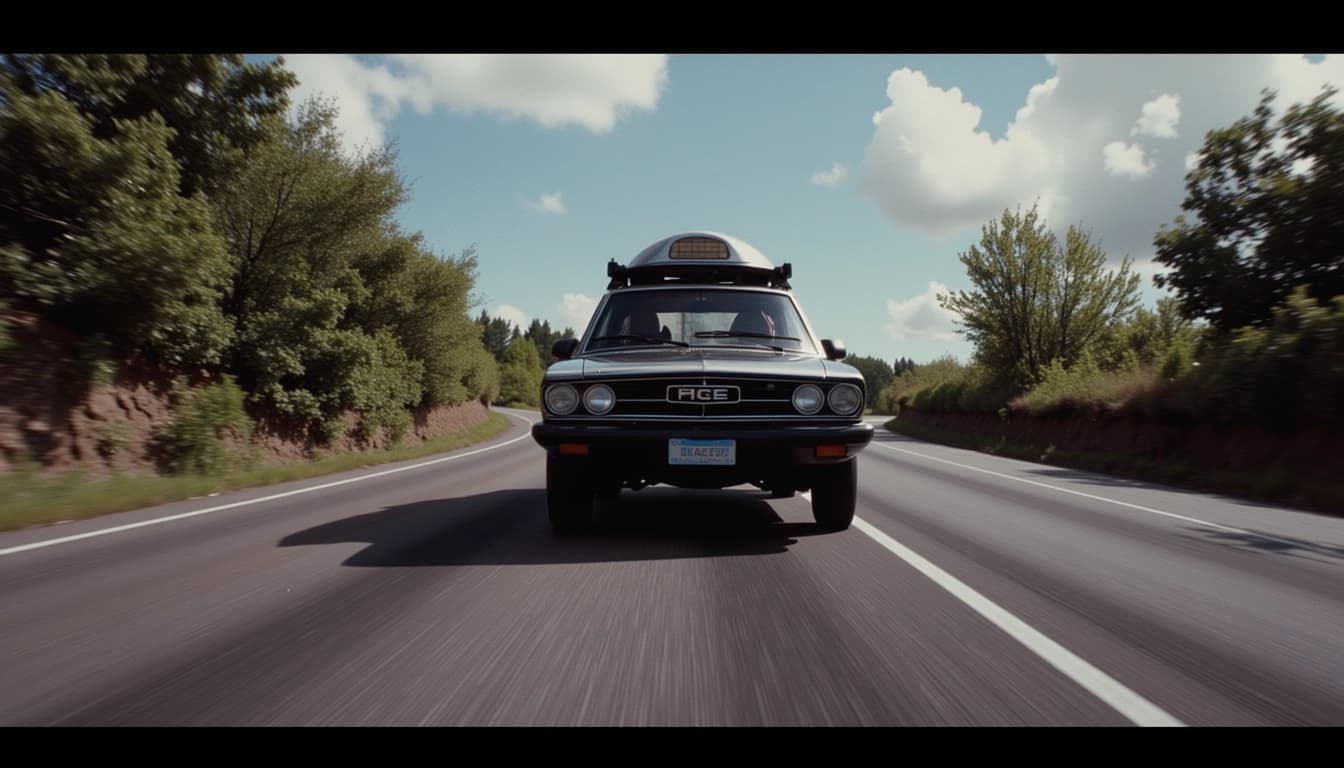
- DeOldify leverages GAN technology for realistic colorization
- Supports both image and video processing
- Available through Google Colab and local installations
- Future improvements include better temporal consistency and scalability
DeOldify ist eine fortschrittliche KI-Technologie, die Schwarz-Weiß-Bilder und Videos automatisch kolorieren kann. Diese Technologie nutzt Deep Learning, um realistische Farben in historische Aufnahmen zu bringen. Die Ergebnisse sind oft erstaunlich detailliert und lebendig.
Wie funktioniert DeOldify?
DeOldify basiert auf einem generativen adversarialen Netzwerk (GAN), das speziell für die Farbwiederherstellung trainiert wurde. Das Modell analysiert die Graustufen eines Bildes und fügt plausible Farben hinzu, basierend auf Millionen von trainierten Beispielen. Die Technologie ist besonders gut darin, natürliche Hauttöne und Texturen zu reproduzieren.
Die Rolle von GANs in DeOldify
Generative Adversarial Networks bestehen aus zwei Teilen: einem Generator, der die Farben hinzufügt, und einem Diskriminator, der die Ergebnisse bewertet. Durch dieses Zusammenspiel lernt das System, immer bessere Ergebnisse zu liefern. Der Prozess ähnelt einem Wettbewerb, bei dem beide Teile sich gegenseitig verbessern.
Anwendungsbereiche von DeOldify
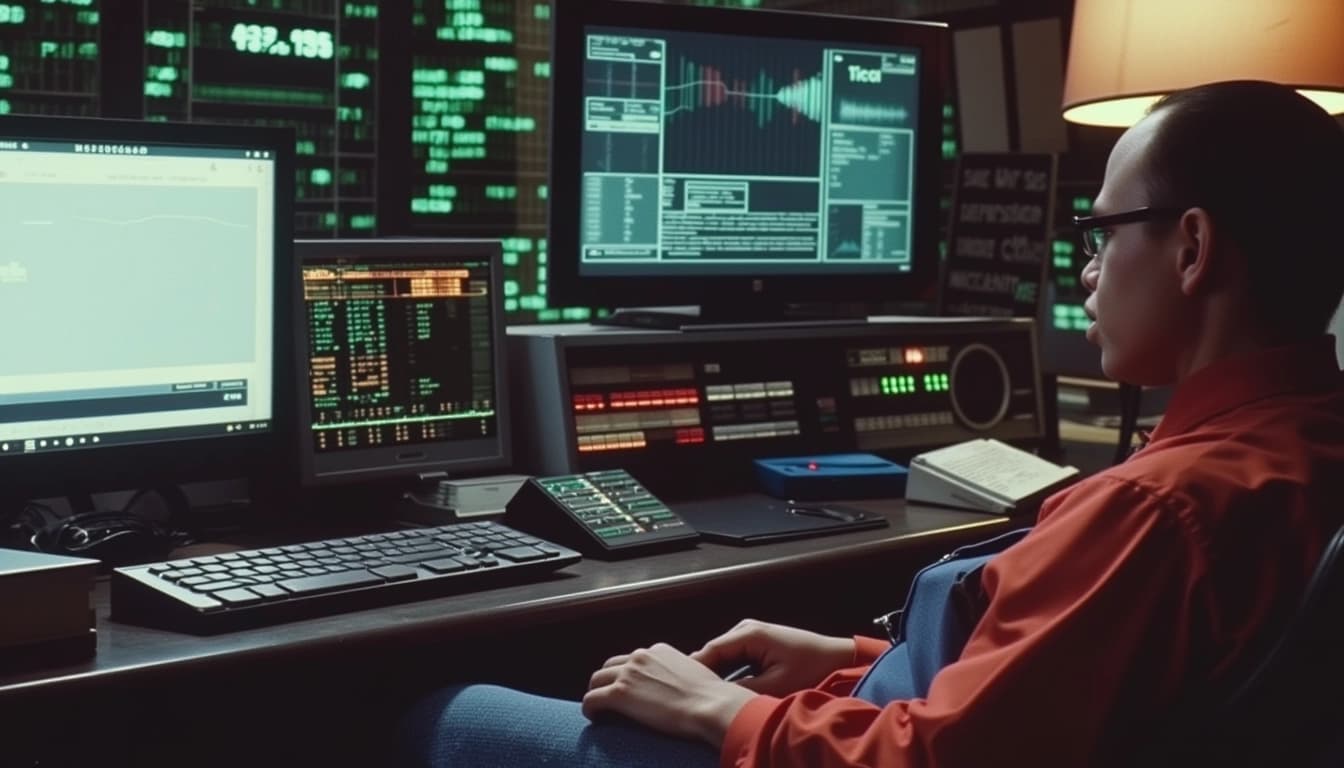
DeOldify wird in verschiedenen Bereichen eingesetzt, von der Restaurierung historischer Fotos bis zur Verbesserung von Filmmaterial. Museen, Archivare und Filmemacher nutzen die Technologie, um vergangene Epochen lebendig werden zu lassen. Auch Privatpersonen können damit Familienfotos wieder zum Leben erwecken.
DeOldify lokal oder online nutzen
Es gibt mehrere Möglichkeiten, DeOldify zu verwenden. Online-Dienste bieten eine benutzerfreundliche Oberfläche, während lokale Installationen mehr Kontrolle über die Parameter ermöglichen. Für technisch versierte Nutzer gibt es sogar Browser-basierte Implementierungen, die Onnx-Modelle nutzen.
Vorteile der lokalen Installation
Eine lokale Installation von DeOldify bietet bessere Leistung und Datenschutz, da die Bilder nicht hochgeladen werden müssen. Allerdings erfordert sie leistungsfähige Hardware, insbesondere eine gute GPU. Cloud-Lösungen wie AWS können hier eine skalierbare Alternative bieten.
Fazit und Ausblick
DeOldify hat das Potenzial, unsere Sicht auf die Geschichte zu verändern, indem es vergangene Momente in Farbe zeigt. Die Technologie wird kontinuierlich verbessert, und zukünftige Versionen könnten noch realistischere Ergebnisse liefern. Es ist spannend zu sehen, wie KI unsere Verbindung zur Vergangenheit vertieft.
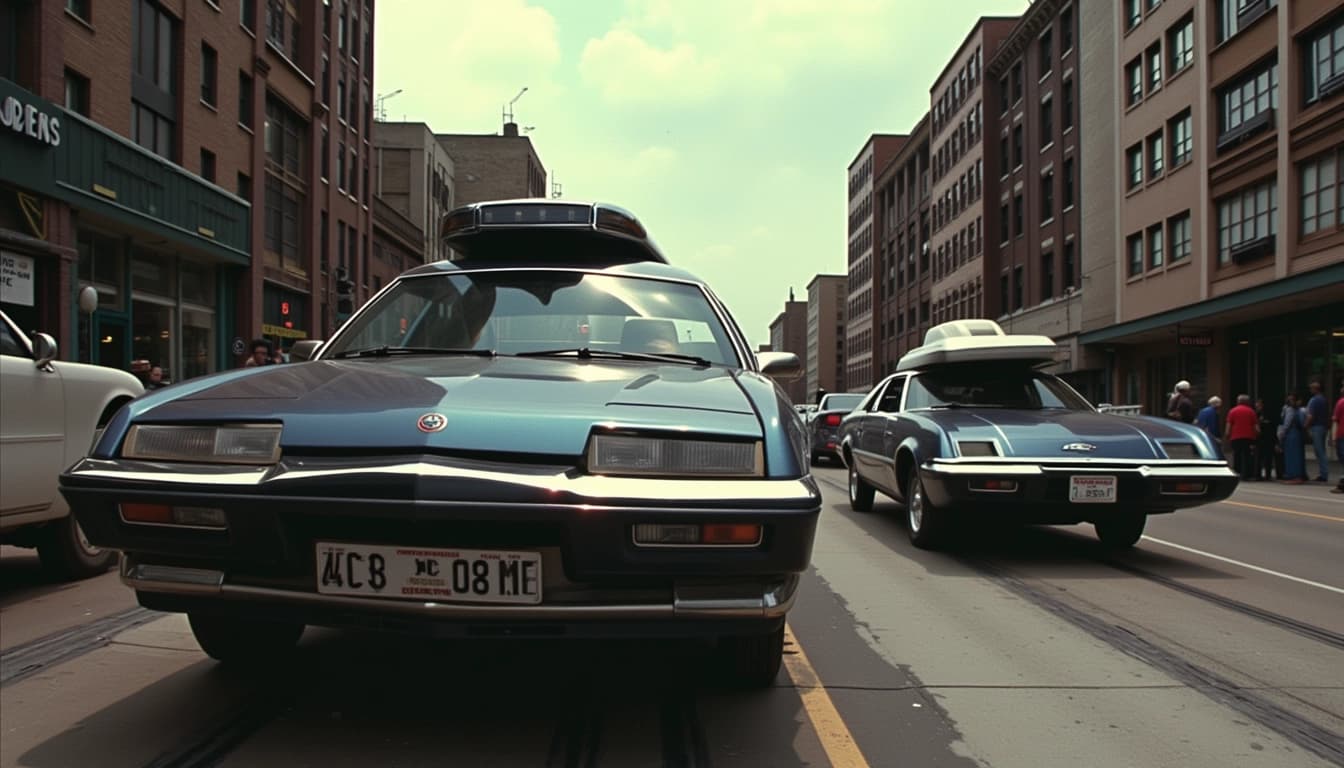
- DeOldify nutzt GANs für realistische Kolorierung
- Es gibt Online- und Offline-Nutzungsmöglichkeiten
- Die Technologie findet in Archiven, Museen und der Filmrestaurierung Anwendung